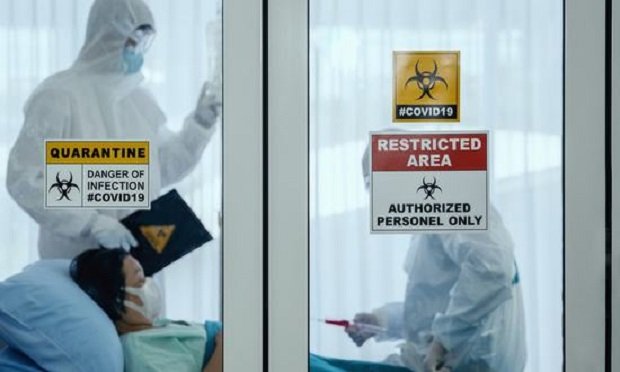 When facilities or operations are changed, especially under temporary or hurried conditions, the risk of damages can increase. (Photo: Mongkolchon Akesin/Shutterstock)
When facilities or operations are changed, especially under temporary or hurried conditions, the risk of damages can increase. (Photo: Mongkolchon Akesin/Shutterstock)
A hotel is asked to lease its premises for the operation of a temporary medical facility to actively treat COVID-19 patients. A warehouse is asked to lease its premises to another organization to make temporary use of their facilities for the purpose of convalescing patients. A paper packaging company is required to manufacture protective face masks for medical staff. A gin manufacturer agrees to change distilling operations to produce much-needed hand sanitizer lotion.
Recommended For You
Want to continue reading?
Become a Free PropertyCasualty360 Digital Reader
Your access to unlimited PropertyCasualty360 content isn’t changing.
Once you are an ALM digital member, you’ll receive:
- Breaking insurance news and analysis, on-site and via our newsletters and custom alerts
- Weekly Insurance Speak podcast featuring exclusive interviews with industry leaders
- Educational webcasts, white papers, and ebooks from industry thought leaders
- Critical converage of the employee benefits and financial advisory markets on our other ALM sites, BenefitsPRO and ThinkAdvisor
Already have an account? Sign In Now
© 2025 ALM Global, LLC, All Rights Reserved. Request academic re-use from www.copyright.com. All other uses, submit a request to [email protected]. For more information visit Asset & Logo Licensing.








